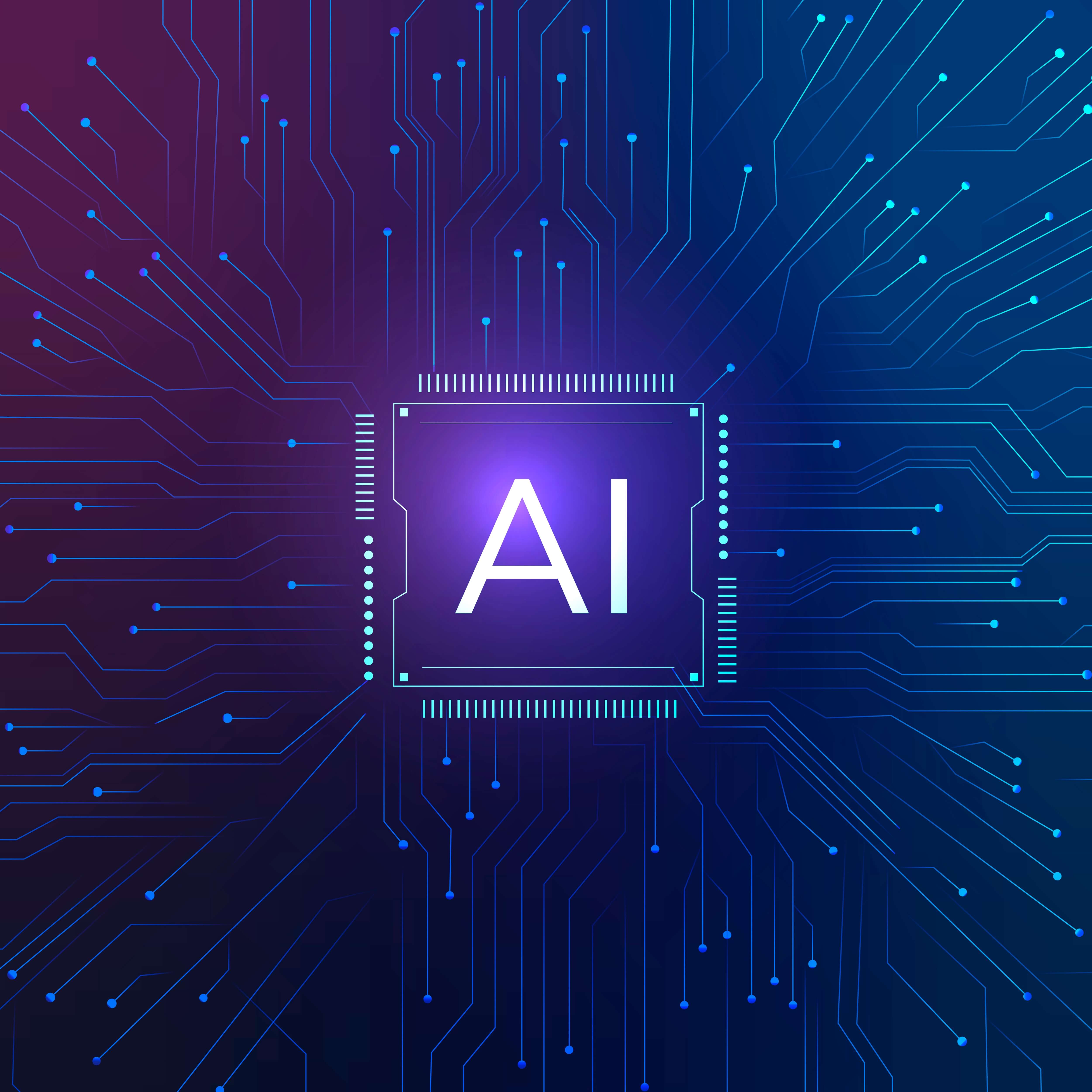


In recent years, the rapid proliferation of Artificial Intelligence (AI) across industries and sectors has sparked widespread curiosity and discussion. The sudden ubiquity of AI can be attributed to a confluence of technological advancements, increasing volumes of data, enhanced computational capabilities, and a growing demand for smarter, more efficient solutions. This convergence has led to AI's pervasive presence in various facets of society, driving transformative changes and reshaping how businesses operate and individuals interact with technology. As the demand for AI solutions continues to rise, partnering with a reputable web development company becomes crucial for implementing cutting-edge AI applications effectively.
The introduction of sophisticated Machine Learning (ML) algorithms, particularly deep learning, has significantly propelled the capabilities of AI systems. These advancements enable AI to learn from massive datasets, discern intricate patterns, and derive intelligent insights, thereby facilitating informed decision-making. Coupled with the exponential growth of computational power and the advent of high-performance hardware, AI systems now possess the capacity to process extensive data volumes at unprecedented speeds, accelerating the development and deployment of AI solutions. Amidst these advancements, the question arises: is machine learning easier? This prompts further exploration into the accessibility and usability of machine learning technologies for a broader audience.
AI's omnipresence is further underscored by its integration into diverse industries, ranging from finance and healthcare to manufacturing, retail, and beyond. Businesses harness AI's predictive analytics, automation, and personalized recommendations to optimize operations, enhance customer experiences, and gain competitive advantages. In healthcare, AI revolutionizes diagnostics, drug discovery, and patient care, while in manufacturing, it streamlines production processes and logistics, driving efficiency and cost-effectiveness.
Moreover, the increased accessibility of AI tools, frameworks, and resources has democratized its adoption. Open-source platforms like TensorFlow and PyTorch enable researchers, developers, and businesses to explore AI applications without significant entry barriers. Additionally, the availability of APIs and pre-built AI solutions empowers organizations to integrate AI functionalities into their products and services seamlessly.
The vast proliferation of data, facilitated by the digitization of processes and the rise of the Internet of Things (IoT), provides AI systems with an abundant source of information. This influx of data serves as fuel for AI algorithms, enabling them to continuously learn, adapt, and deliver increasingly accurate and impactful insights across various domains.
The changing consumer landscape, characterized by a growing demand for personalized experiences and smart, convenient solutions, further drives AI's expansion. The integration of AI into everyday devices, virtual assistants, and personalized services meets consumers' expectations for seamless and tailored experiences, contributing to AI's ubiquitous presence in society.
In essence, the sudden omnipresence of AI is a product of significant technological advancements, increased data availability, evolving consumer expectations, and its demonstrated efficacy in enhancing efficiency and innovation across industries. This confluence of factors propels AI into various facets of modern life, revolutionizing how businesses operate, how individuals interact with technology, and fostering a landscape of continual evolution and transformation.
Innovations in ML algorithms, particularly deep learning, have revolutionized AI capabilities, enabling systems to learn from vast amounts of data, recognize patterns, and make intelligent decisions.
The development of high-performance computing architectures, cloud computing, and Graphics Processing Units (GPUs) has accelerated the processing capabilities necessary for complex AI tasks.
AI's omnipresence stems from its transformative potential across industries, fueled by technological advancements, data proliferation, changing consumer needs, and ongoing innovation. Its integration into diverse sectors not only drives efficiency and innovation but also raises critical questions regarding ethics, privacy, and societal impacts, necessitating responsible and ethical deployment. As AI continues to evolve, its ubiquity will likely persist, fundamentally reshaping how we work, live, and interact with technology.
